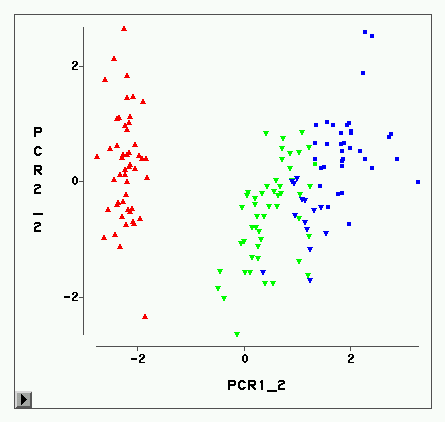This paper presents a Prolog-based reasoning module to generate counterfactual explanations given the predictions computed by a black-box classifier. The proposed symbolic reasoning module can also resolve what-if queries using the ground-truth labels instead of the predicted ones. Overall, our approach comprises four well-defined stages that can be applied to any structured pattern classification problem. Firstly, we pre-process the given dataset by imputing missing values and normalizing the numerical features. Secondly, we transform numerical features into symbolic ones using fuzzy clustering such that extracted fuzzy clusters are mapped to an ordered set of predefined symbols. Thirdly, we encode instances as a Prolog rule using the nominal values, the predefined symbols, the decision classes, and the confidence values. Fourthly, we compute the overall confidence of each Prolog rule using fuzzy-rough set theory to handle the uncertainty caused by transforming numerical quantities into symbols. This step comes with an additional theoretical contribution to a new similarity function to compare the previously defined Prolog rules involving confidence values. Finally, we implement a chatbot as a proxy between human beings and the Prolog-based reasoning module to resolve natural language queries and generate counterfactual explanations. During the numerical simulations using synthetic datasets, we study the performance of our system when using different fuzzy operators and similarity functions. Towards the end, we illustrate how our reasoning module works using different use cases.
翻译:本文提出了一个基于Prolog 的推理模块, 以根据黑盒分类器的预测进行反事实解释。 拟议的象征性推理模块也可以用地面真实标签而不是预测标签来解答哪些问题。 总体而言, 我们的方法包括四个定义明确的阶段, 可以应用于任何结构化模式分类问题。 首先, 我们通过估算缺失值和使数字特征正常化来预处理给定的数据集。 第二, 我们使用模糊的组合将数字特性转换为符号性功能, 将提取模糊的组群映射成一组预定的预定义符号。 第三, 我们用标称值、 预定义符号、 决策类和信任值来将实例编码成Prolog 规则。 第四, 我们用模糊的仪式集理论来计算每个Prolog 规则的总体信心, 处理因将数字数量转换成符号而导致的不确定性。 这一步是额外的理论性贡献, 以比较先前定义的普罗洛罗罗格规则, 以图式组群集的方式绘制成一组预定序的符号。 最后, 我们用一个聊天模型作为人类和 Prolog 推理规则的代理, 使用我们基于 的逻辑的逻辑的模型的模型 来解算, 来解释我们如何解算, 使用不同的合成的模型 如何解 解 解 解算 。



